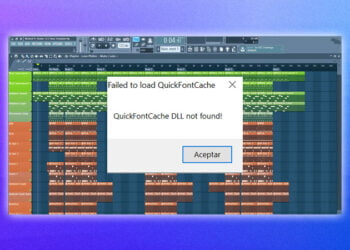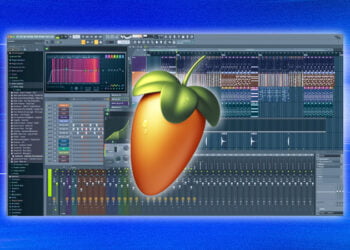Mixing drums can be a challenging task.
Many music producers struggle to achieve a clear, powerful sound that stands out within the mix.
Additionally, setting the right frequency specific levels to ensure clarity and definition can be equally difficult.
EQing drums is an essential part of the mixing process, and if done correctly, can take your mixes to the next level.
In this post, we will explore the fundamentals of EQing drums in FL Studio, and discuss some essential tips and techniques to help you get the most out of your drum sounds.
Use a drum kit plugin or sample pack
One of the keys to getting great sounding drums in FL Studio is proper equalization.
In order to do this effectively, you’ll need to start with good source material.
If you’re looking for realistic drum sounds, you’ll want to use a drum kit plugin or sample pack.
This will give you access to a variety of drum sounds that can be further manipulated with EQ, compression, and other effects.
Having a good selection of drum sounds to work with is essential for getting the best possible finished product.
Start with the low-end frequencies
The second step in the process of EQing drums in FL Studio is to start with the low-end frequencies.
Begin by boosting the low frequencies of the kick drum, snare drum, and toms.
This will help to add some much needed low-end punch to your drums and make them sound fuller.
Start by boosting the low frequencies by about 5-10db and listen to how it affects your drums.
If the drums sound too dull or muddy, decrease the boost until you find the sweet spot.
Once you have the low-end frequencies set, you can move on to the mid and high frequencies.
Cut the mid-range frequencies
The third step to EQing your drums in FL Studio is to cut the mid-range frequencies.
To do this, open up the EQ on your drum track and select the mid-range frequencies.
Once you have those frequencies selected, bring the fader down until you hear a noticeable difference in the sound of the drums.
You should be able to hear the kick and snare more clearly, as the mid-range frequencies will be reduced.
This will help to make sure that the drums are not too muddy and will make them sound more professional.
Boost the high-end frequencies
After you’ve set the low-end and mid-range frequencies, it’s time to boost the high-end frequencies. Start by adding a low shelf filter to boost the highs.
This will give the drum track more presence and clarity. Adjust the frequency to around 12 kHz and the Q-factor to 0.5.
Then, add a high shelf filter to add a bit more clarity. Set the frequency to around 13 kHz and the Q-factor to 0.7.
This will help brighten up the overall tone of the drum track.
Finally, add a parametric EQ to boost the high frequencies even further.
Set the frequency to around 15 kHz and the Q-factor to 0.7.
This will help the drum track cut through the mix.
Experiment with compression and limiting
Experimenting with compression and limiting is essential when EQ’ing drums in FL Studio.
Compression can be used to control the dynamic range of the drums, while limiting can be used to increase or decrease the peak level.
Both can be used to give the drums a punchier sound or a more dynamic sound.
When EQ’ing drums, experiment with different settings to find the sound you’re looking for.
Try different attack, release, and threshold settings to see what sounds best.
Be careful not to overdo it, as too much compression and limiting can ruin the sound of your drums.
Experiment with filters and saturation
Experimenting with filters and saturation can be an effective way to further shape the sound of your drums.
FL Studio offers a wide range of filter types, including low-pass, high-pass, peak, band-pass and band-reject.
Not only can you adjust the filter frequency, but also the resonance and slope.
Additionally, saturation is a great way to add character to your drums and can help to give them more presence in the mix.
Try setting up a saturator after the EQ and adjusting the drive and mix levels to taste.
Add reverb and delay for spatial effects
To add reverb and delay effects to your drums, you will need to use a plugin.
There are several free ones available, such as Reverb and Delay.
These will allow you to mix the amount of reverb or delay you need to your drums to create the desired spatial effects.
Experiment with different settings to find the right balance, such as adding more reverb to the snare and less to the kick.
Take time to adjust the attack and release to create the perfect sound.
Once you have finished adding the reverb and delay, you will be ready to mix the drums in your mix.
Listen to your mix in various environments
Once you’ve finished EQing your drums, it’s important to take a step back and listen to your mix in various environments.
This will help you identify potential issues with the mix, such as a lack of clarity or a muddy low end.
For example, if you’re mixing on a pair of studio monitors, try listening on headphones or a car stereo to make sure the mix translates well to other listening environments.
This will give you a better idea of what your mix will sound like to your audience.
Conclusion
With this guide, you should now have a better understanding of how to EQ drums in FL Studio.
Remember to keep it simple, start with a low and high pass filter, and then adjust the EQ for each individual drum sound.
With practice and experimentation, you can develop your own unique sound that will help your drums stand out in the mix.
 Sound Kits
Sound Kits























